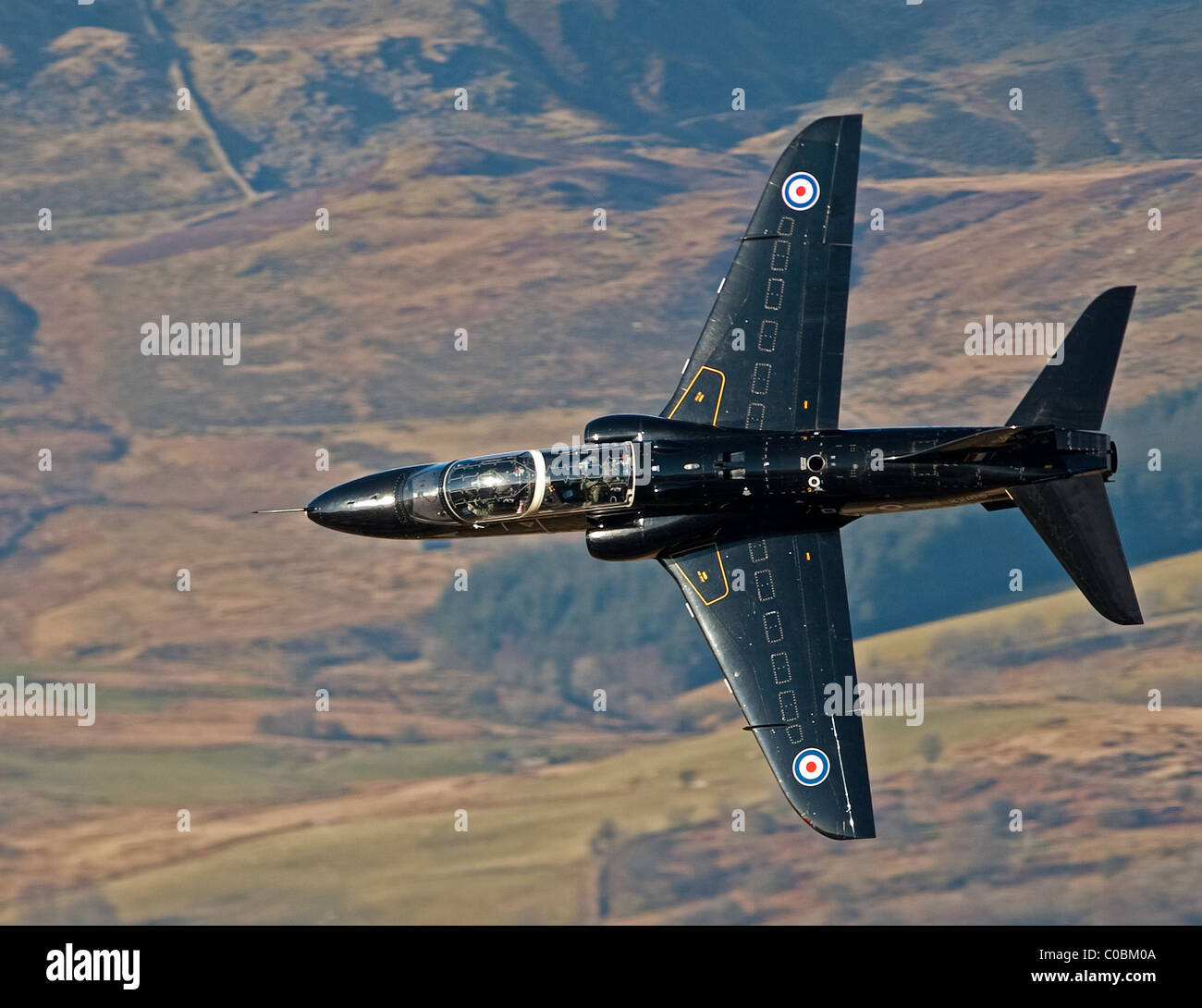The Hawk first entered service with the RAF in 1976, both as an advanced flying-training aircraft and a weapons-training aircraf

Image details
Contributor:
andrew chittock / Alamy Stock PhotoImage ID:
C0BM0AFile size:
27.6 MB (953.5 KB Compressed download)Releases:
Model - no | Property - noDo I need a release?Dimensions:
3543 x 2727 px | 30 x 23.1 cm | 11.8 x 9.1 inches | 300dpiDate taken:
26 November 2009Location:
mach loop north wales UKMore information:
The Hawk first entered service with the RAF in 1976, both as an advanced flying-training aircraft and a weapons-training aircraft. The Hawk T1 version is currently used at RAF Valley for fast-jet pilot advanced flying training with No 208(R) Squadron, and at RAF Scampton by the RAF Aerobatic Team, the Red Arrows. The T1A is used for weapons and tactical training on No 19(R) Squadron at RAF Valley, and by No 100 Squadron at RAF Leeming for advanced fast-jet weapons systems officer training and operational support- flying. In its weapons and tactical training role the Hawk is used to teach air combat, air-to-air firing, air-to-ground firing and low-flying techniques and operational procedures. The Hawk is an all-metal, low-wing, tandem seat aircraft of conventional design. The wing has a moderate sweep with 2º dihedral and trailing edge slotted flaps. A one-piece all-moving tailplane is also swept back with 10º dihedral. The fuselage comprises three main parts. The front fuselage accommodates two equipment bays and a pressurised cabin containing two tandem cockpits. The centre fuselage contains the engine, a fuselage fuel tank, a gas turbine starting system and a ram air turbine; the latter providing emergency hydraulic power should the two normal hydraulic systems fail. The rear fuselage houses the jet pipe bay and an airbrake hinged to its under surface. The Hawk is powered by a Rolls- Royce Turbomeca Adour 151 turbofan engine, which is an un-reheated version of the engine powering the Jaguar GR3 aircraft. While the Hawk T1 is used solely in the advanced flying-training role, the Hawk T1A is equipped to an operational standard and is capable of undertaking a number of war roles. The T1A has two under-wing pylons cleared to carry BL755 cluster bombs or Sidewinder AIM-9L air-to-air missiles, and can carry a 30mm Aden cannon in a pod underneath the fuselage centre-line. The cannon can be fired at the same time as any of the pylon-mounted weapons are selected for